Roman ruins don’t easily come to mind when visiting the outskirts of England. The Roman Baths, which are located in the UNESCO World Heritage Site of Bath, England, took us on a walk down history lane through the remains of an ancient temple and bath house on England’s only natural hot water springs. This spa town and Jane Austen’s (famed English author) former home was a beautiful terraced region with many historical sites. But, the Roman Baths remain its most popular attraction.
We visited the Roman Baths as part of whirlwind 11-hour bus tour through Windsor Castle, Stonehenge and Bath. We don’t usually do bus tours but my husband didn’t feel too comfortable driving on the “other side of the road”. Despite the limited time, it was a fantastic experience to see history come alive through the museum, ruins and the Great Bath. The reception hall and its ornate ceiling was a warm greeting.
The Celts first built a shrine in Bath’s hot water springs and dedicated it to Sulis who was the local goddess of the thermal springs. When the Romans invaded Britain, the town became known by its ancient Roman name of Aquae Sulis or “waters of Sulis”. The Romans built temples and bathing complexes in the area starting in 75 AD. Believed to have healing powers from the goddess and along with the mineral-laden waters, the springs were considered sacred and became a popular attraction in the Roman Empire.
When the Romans left, the baths were neglected and eventually got buried with time and the elements. The current buildings surrounding the springs were constructed in the late 18th century. It was also during this time that the ancient Roman Baths and its nearby archaeological ruins were excavated.
One of the first things we saw was the second-level terrace of the Great Baths. This was completed in 1897 during the same time when the present day baths were opened to the public.
This balcony area was lined with several statues of Roman governors and emperors including Julius Caesar and Hadrian. It gave us a chance to look at the sculptures closely and see all the activity below.
It also gave us wonderful views of the Bath Abbey’s spires next door.
Much of the the Roman Bath complex is a museum showcasing the ruins and treasures that were discovered. It was a one-way self-guided tour through an extensive display of exhibits and models that show what life must have been like during those days. These were a few of the precious objects excavated and displayed.
This was one of the most interesting museums we’ve visited. Each admission ticket came with a self-paced audio guide. We punched in numbers on the device at each exhibit to hear more information. It was very functional and gave us a real sense of the Roman times here. This was an excavated bust of Luna, the moon goddess.
It can sometimes be a challenge to engage kids when visiting historical museums. This museum had a separate audio guide and tour for children that held my kids’ interests for the almost two hours we were here. There were characters on the audio guide that talked to them throughout their visit. I almost wished I got the kids’ version too.
We also participated in a family fun trail activity where the kids collected stickers from six stations as they explored the museum. It was a fun way for kids to pay attention to the exhibits. They got certificates in the end which made for a nice keepsake.
The best comparison I’ve read of the Roman Baths to the modern world was that they were like the community centers of today. They had pools, theaters, gardens and some even had temples. The Romans just took it to a different level with extravagant decorations and marvelous architecture when building structures to socialize. This was a model of how the temple and its surrounding areas might have looked in the 4th century.
Technology played a huge part in letting us imagine ourselves mingling with the Romans. There were several entertaining and informative holograms throughout the exhibits that showed how various Roman citizens might have behaved and used the bathing complex.
The actors and characters were great in portraying the citizens. We saw many of the kids actually stop and look at the exhibits they otherwise would have passed.
I loved this mosaic floor that was found in one of the houses in Aquae Sulis. It was amazing how well-preserved this floor was.
The Romans believed that the local goddess Sulis was a manifestation of the Roman goddess Minerva (Athena in Greek mythology), goddess of wisdom. Bath’s Temple of Sulis Minerva was built for the goddess over the sacred water. In 1790, archaelogists found 14 pieces of carved stone from the front area of the temple. One of the carvings was a Gorgon’s head (a symbol of Minerva) that faced the courtyard and altar. We saw the remains of the carvings but it was also useful to have a superimposed hologram of what it might have looked like in its glory days.
A bronzed head of Sulis Minerva, which was discovered in the early 1700s, was prominently displayed in the museum.
This museum was a lot bigger than it looked. There were several ruins that were once significant structures in the Roman Baths scattered throughout the area. Some you could envision more than the others.
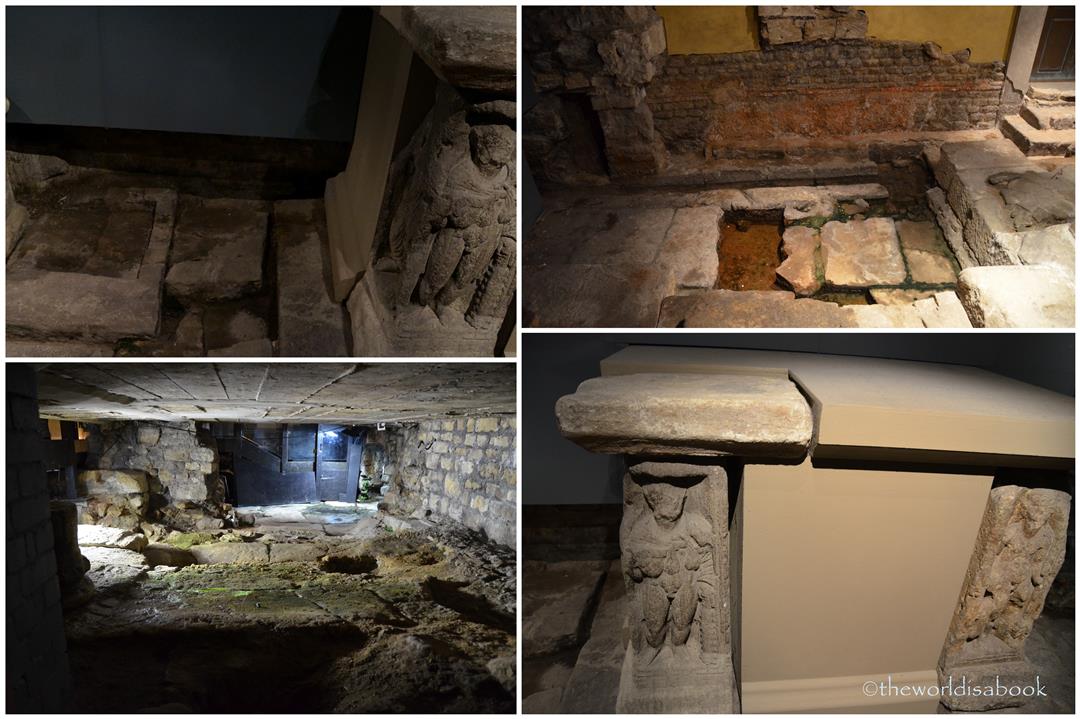
To add a little bit of authenticity, costumed characters, playing ancient Roman civilians visiting the baths roam around to interact with the visitors. We only saw one man dressed up walking around and answering questions from visitors. Unfortunately, we didn’t get a chance to pose with him.
The green hue of the baths was largely due to the algae growth. The water in the Great Bath was not for drinking or bathing or even for dipping your fingers. The water flowing through here is from old lead pipes made by the Romans. But who would really even want to think of drinking that water or even touching it? Since Bath is a spa town after all, the Thermae Spa nearby gives visitors a chance to experience these rich waters much like the ancient Romans did but with modern and cleaner amenities.
The King’s Bath was located where the ancient Sacred Spring used to be and near the ancient temple courtyards. A reservoir was built here to supply hot water to the baths.
This was a small part of where the water flowed from the Sacred Spring to the Great Bath.
We found this model of the water’s source and how it flowed into the many rooms in the bathing complex. It was helpful to understand the layout and plumbing system of the Roman Baths.
The Roman engineers did an astounding job with the plumbing system only using lead pipes and gravity flow and without the use of modern day tools. This was the Spring Overflow which transported unused water to a drain and ultimately to the nearby River Avon. The orange is from all the iron dissolving in the water.
For another authentic experience before leaving, visitors can get a sip of the drinkable mineral spring water from The Pump Room restaurant’s fountain. We passed on this despite many beliefs of its healing powers. We’ve had our share of tasting mineral springs water and they were awful.
The Roman Baths was a wonderful presentation of archaeology and history with the help of technology. Modern technological tools allowed history to come alive to engage visitors, especially the kids, and really see what the Baths would have been like in Roman times. This was definitely worth the long trek to see a historic and unique site.
Visiting the Roman Baths Bath England Basics and Tips
- Admission Tickets: Adults start at £12.75 ($20 US) and kids 6 years old and above are £8.50 ($13 US).
- The Family Saver Tickets (2 adults and 4 kids): £36.00 ($56 US). Check the Roman Baths website for more saver tickets.
- Many tour companies offer day-trip tours to Bath from London. We used Evan Evans for our tour.
- Get the free and invaluable audio guide which is available in 8 languages.
- If traveling with kids, get the children’s audio tour guide and family trails activity kit. Don’t forget their certificate upon completion.
- If your itinerary allows it, spend more than a day in Bath. It is such a lovely city offering many attractions. We’d love to go back here and spend a few days.
- Try a nighttime visit. The Roman Baths are lit up in torches at night which would make for an unforgettable experience.
- Free guided tours at top of the hour. Meet beside the Great Bath.
- There were two restaurants to eat on the premises – The Pump Room and The Roman Baths Kitchen.
- Strollers/prams are not allowed in underground area. But, the Roman Baths offer child carriers to use for free.
*Have you visited this or any other Roman Baths?
[stextbox id=”black” bgcolor=”b0c4de”] If you liked this post, please get the latest posts and updates free. Follow me on Twitter, Google+, or Facebook. Thanks! [/stextbox]
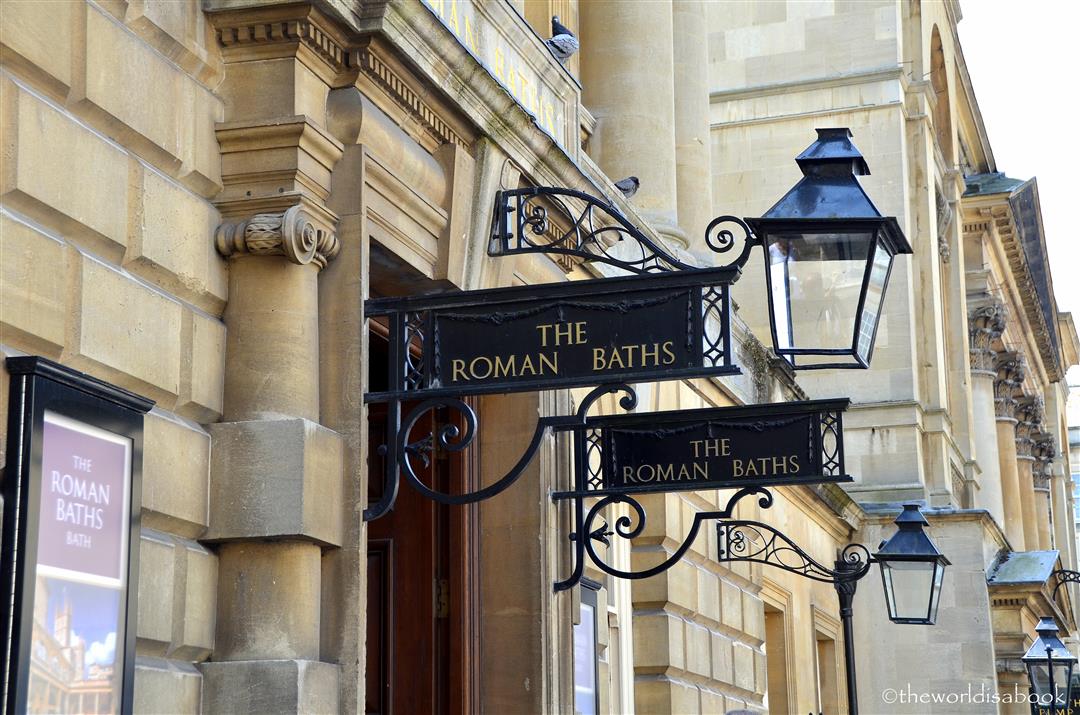
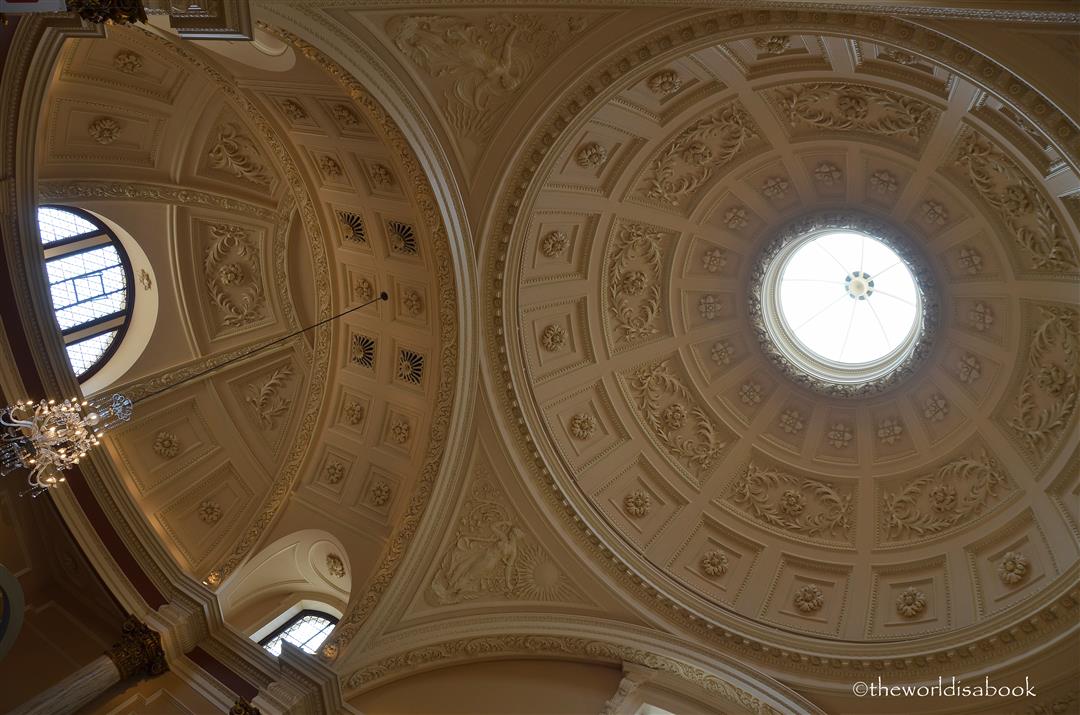
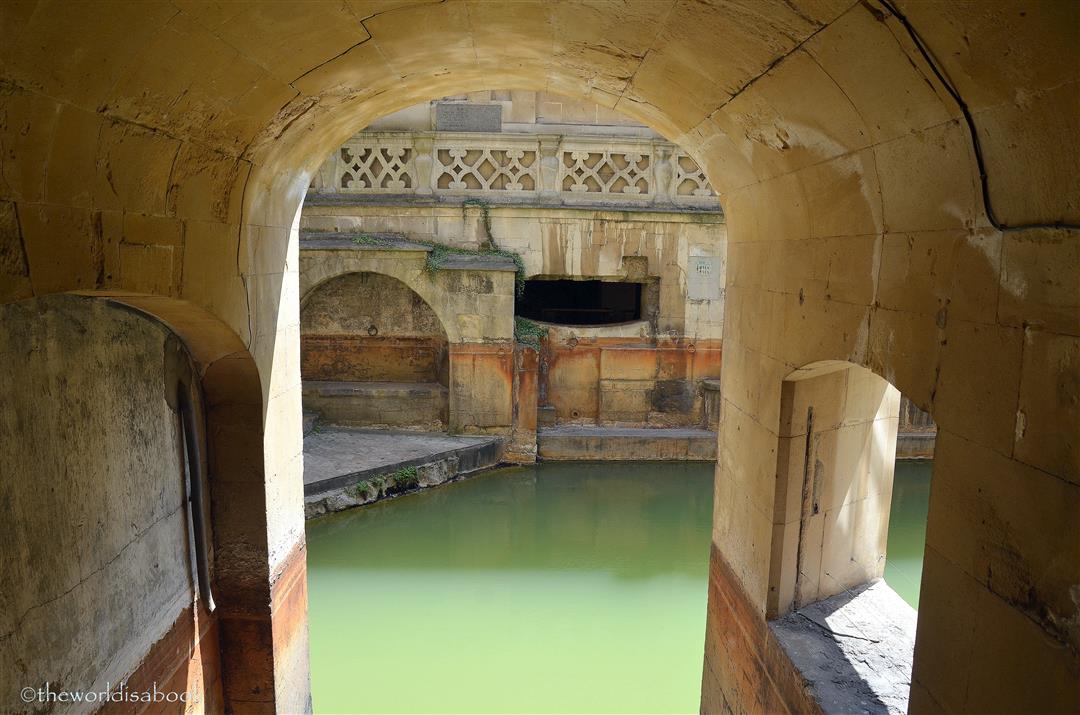
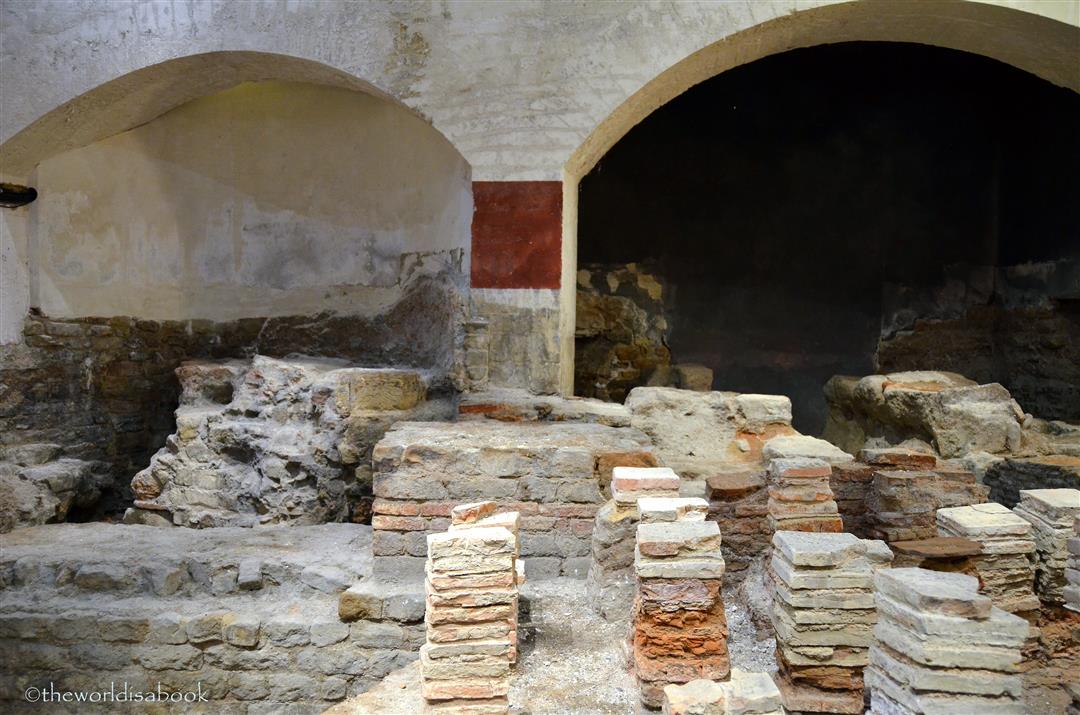
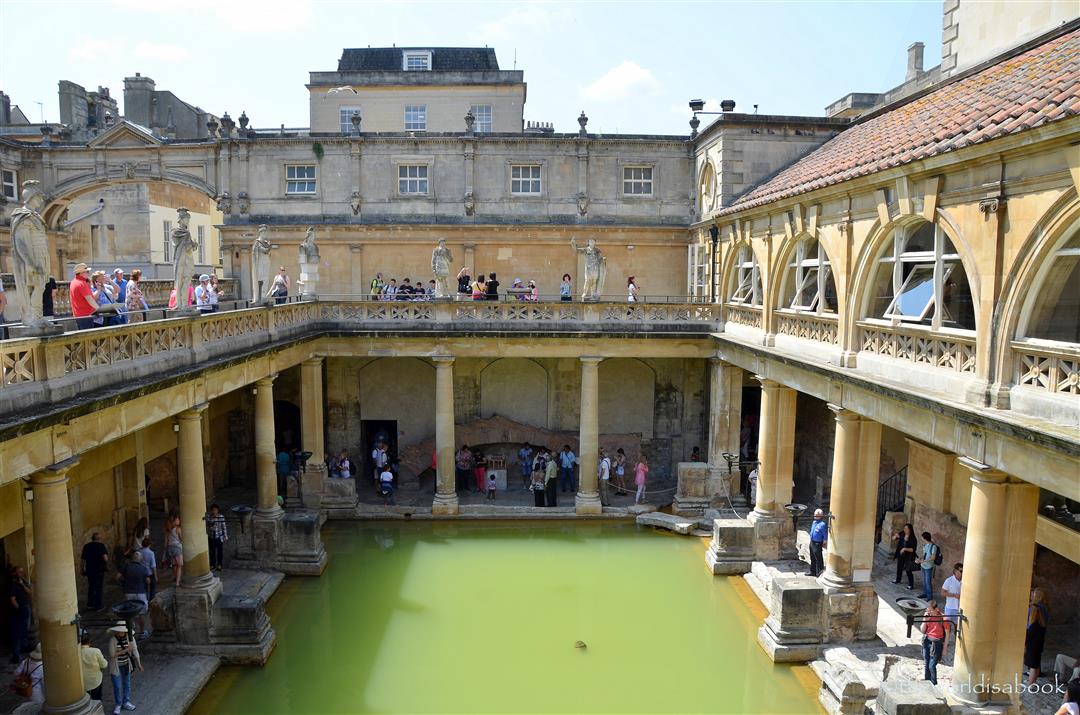
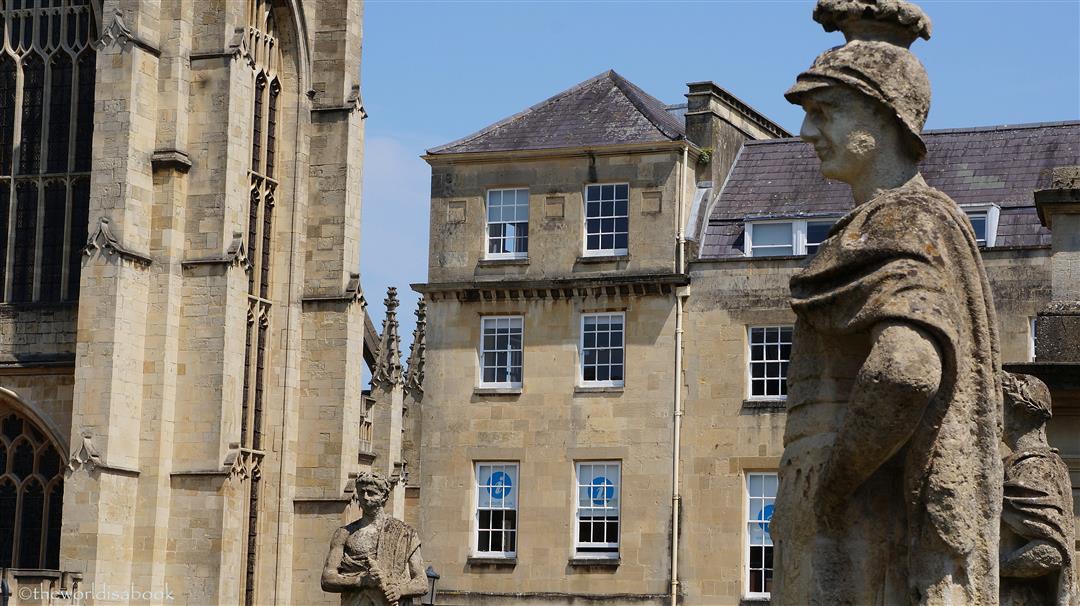
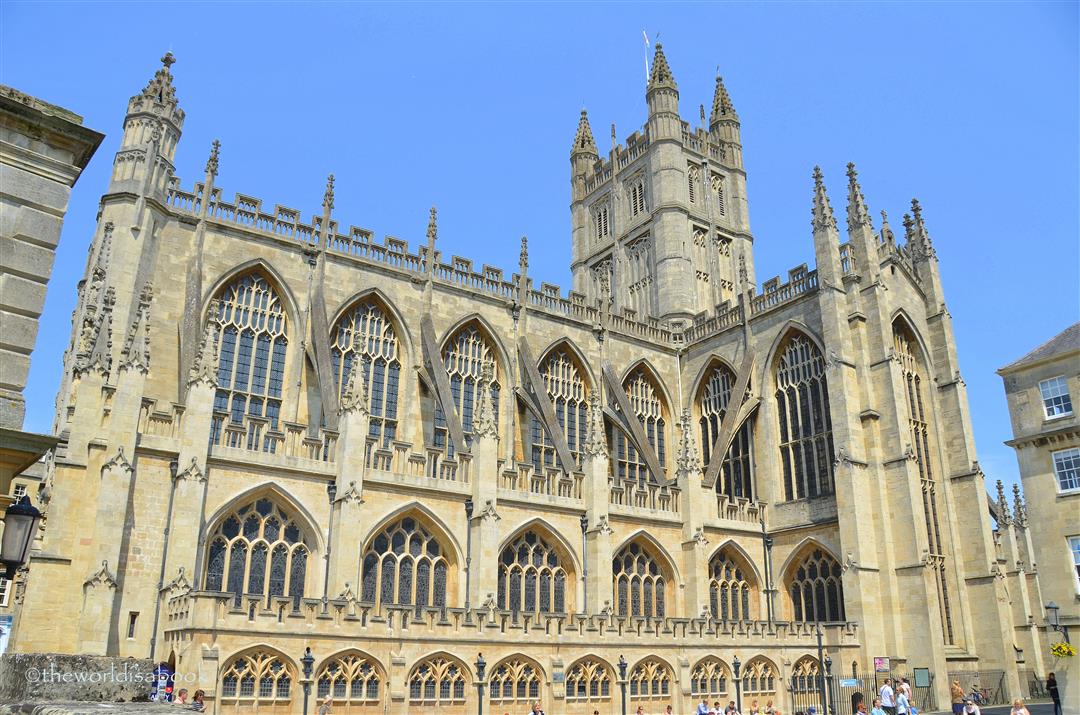
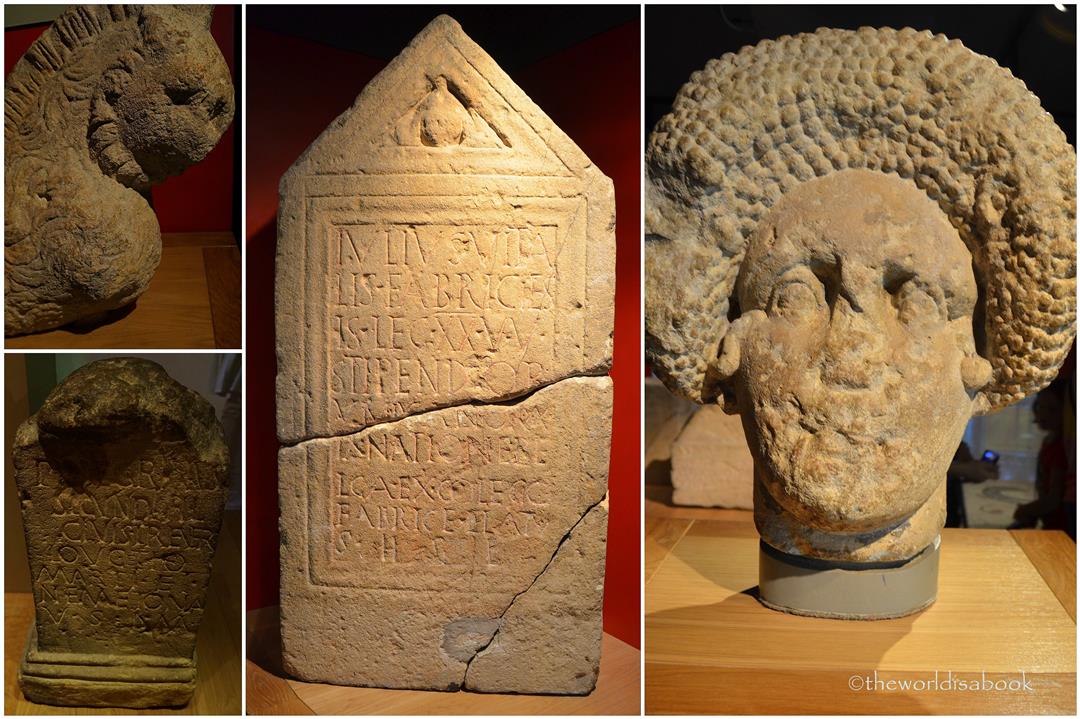
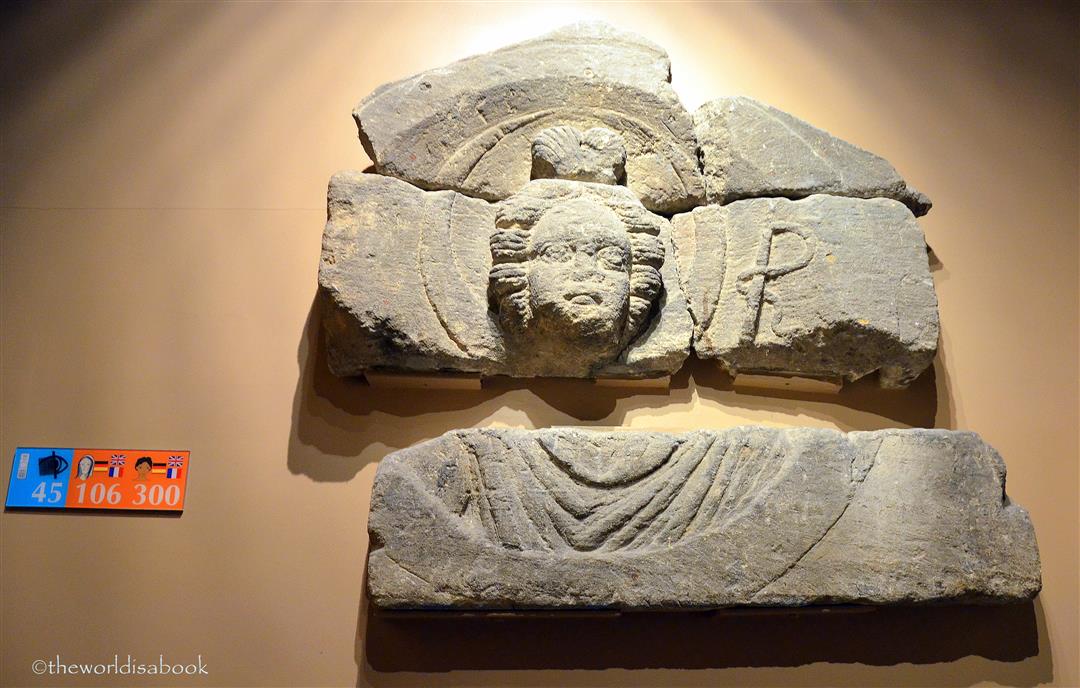
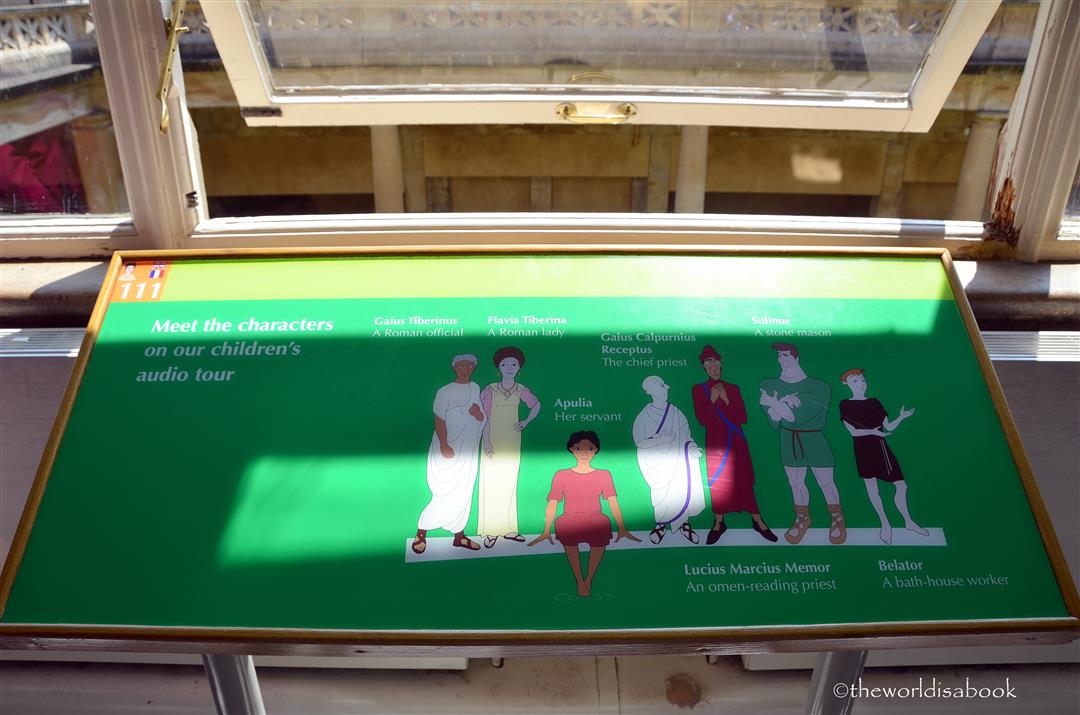
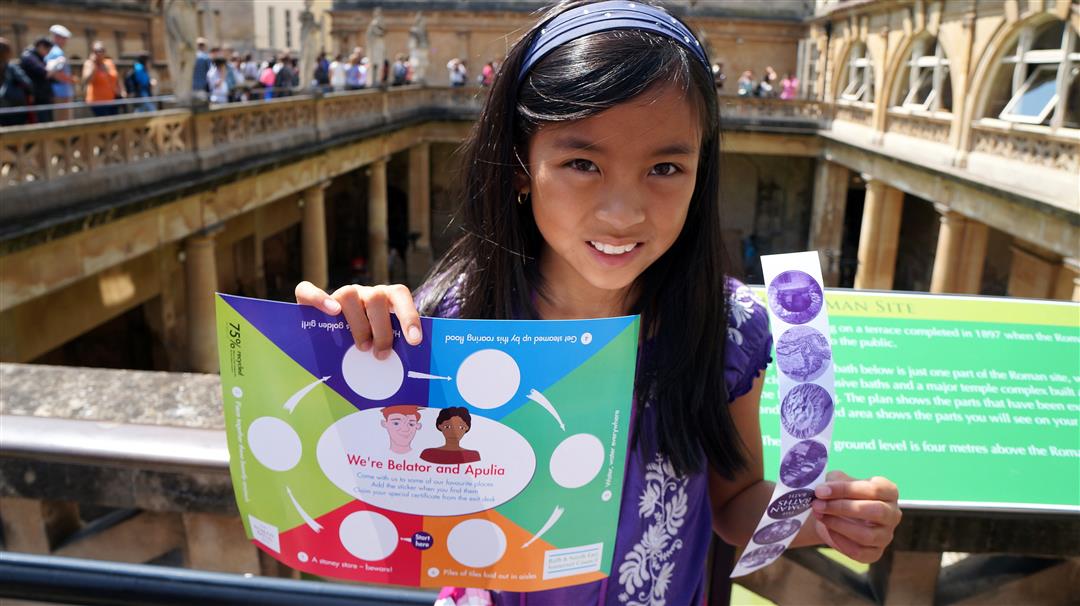
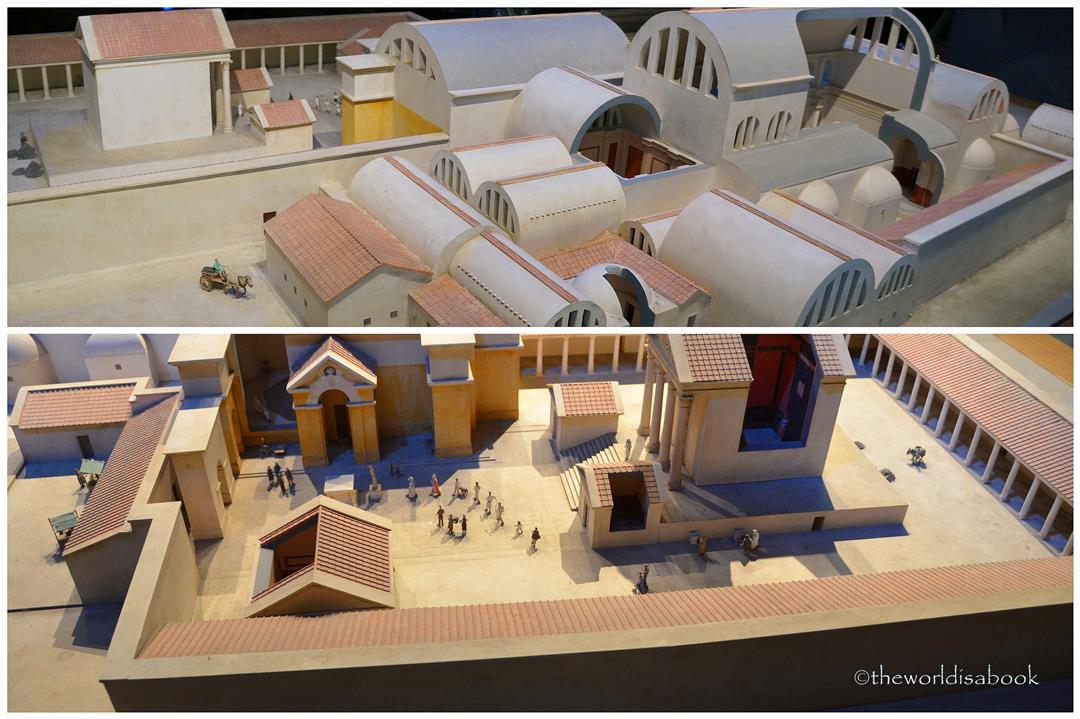
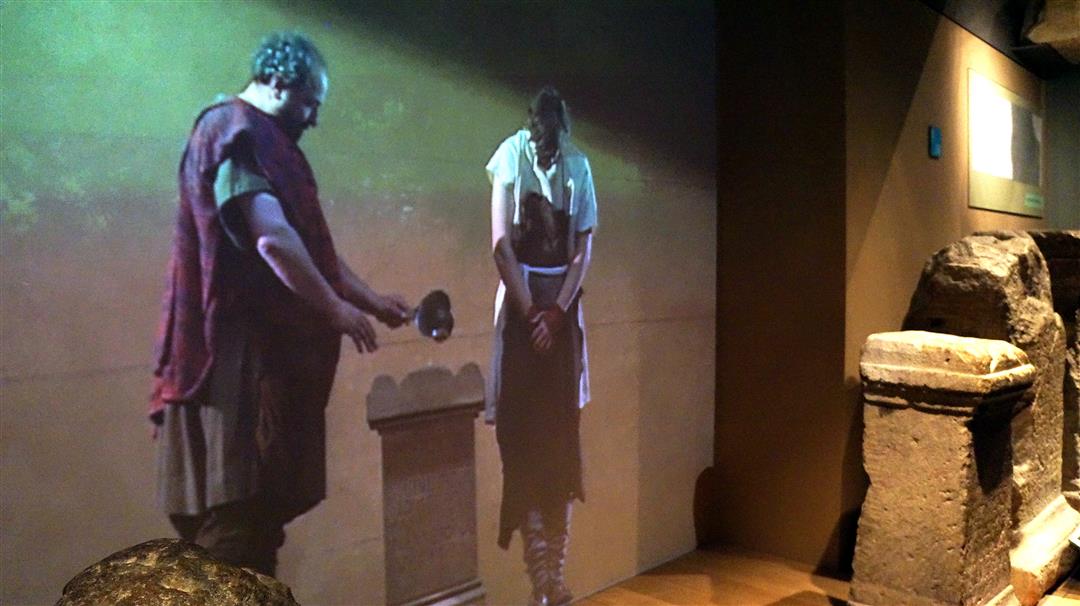
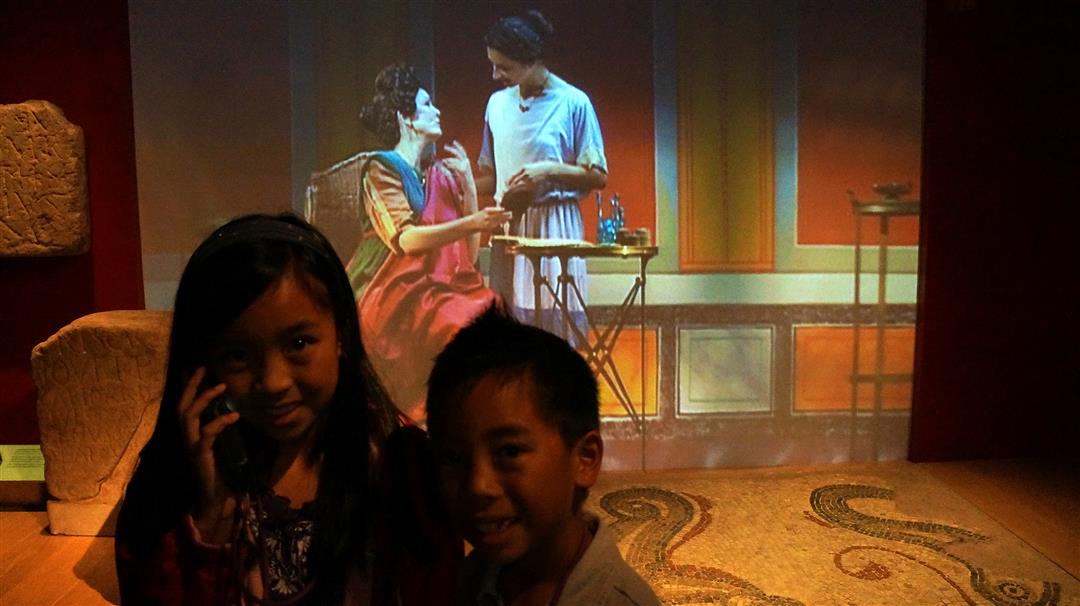
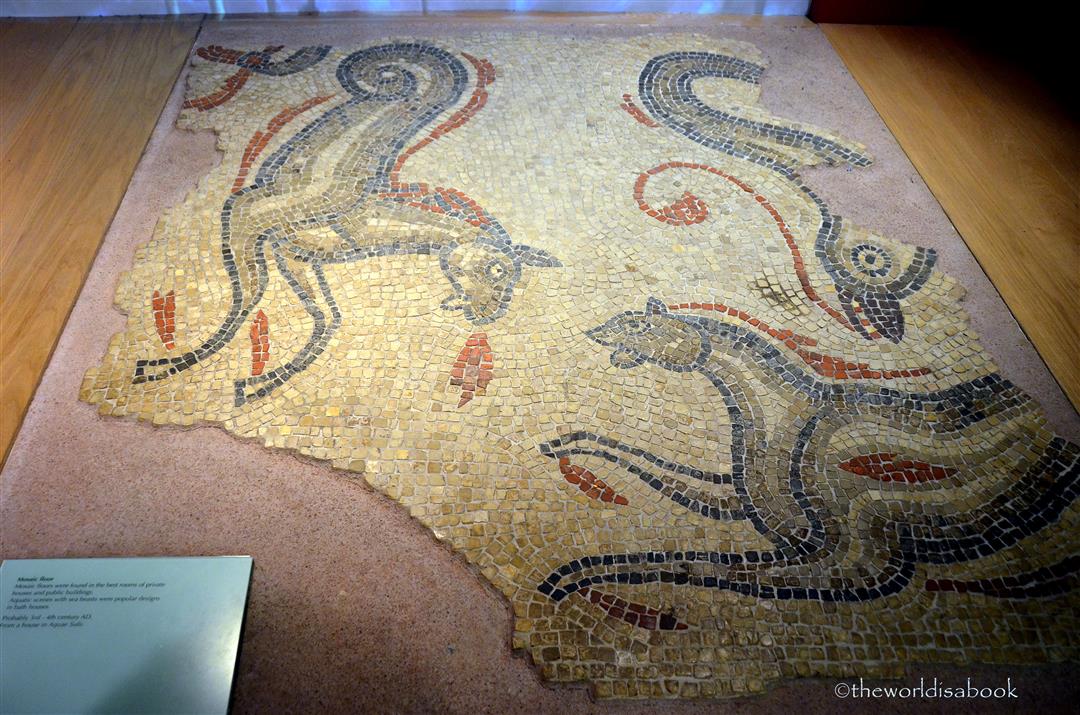
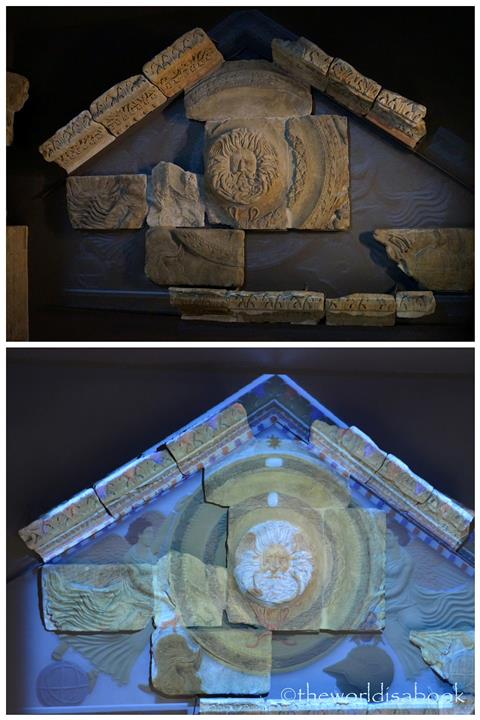
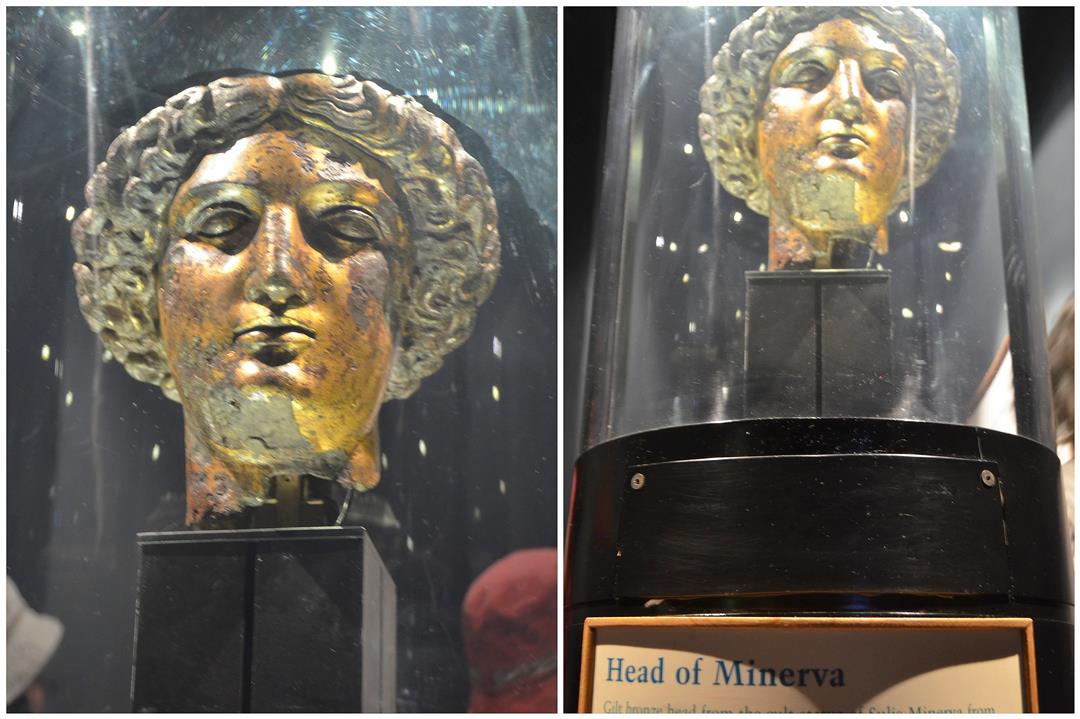
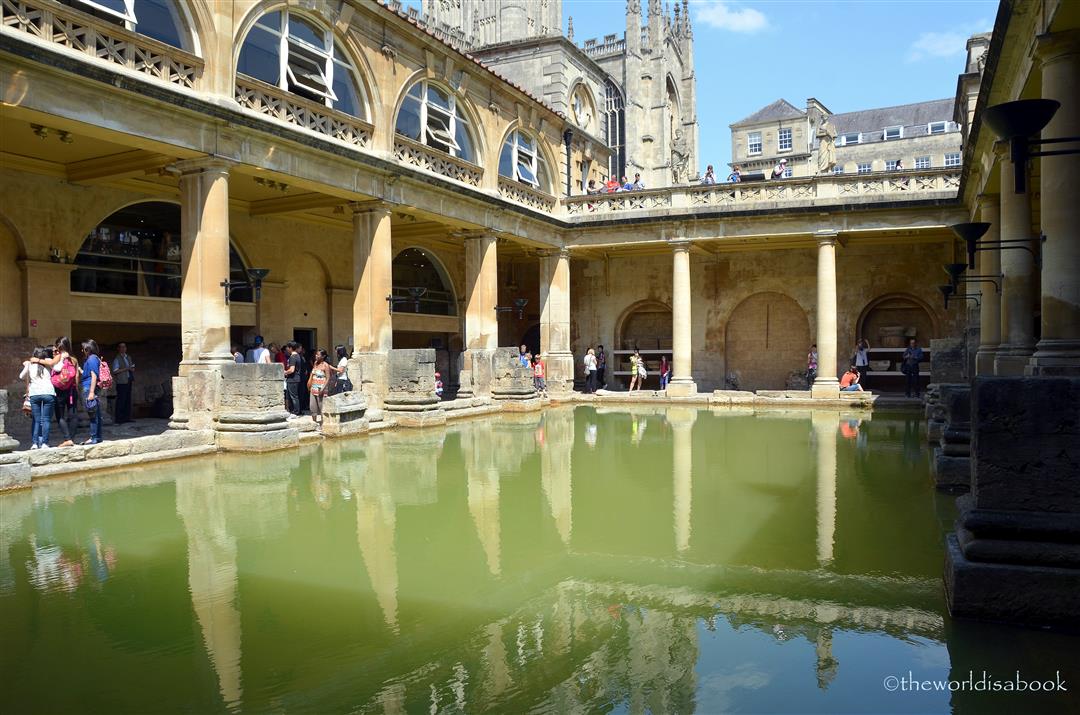
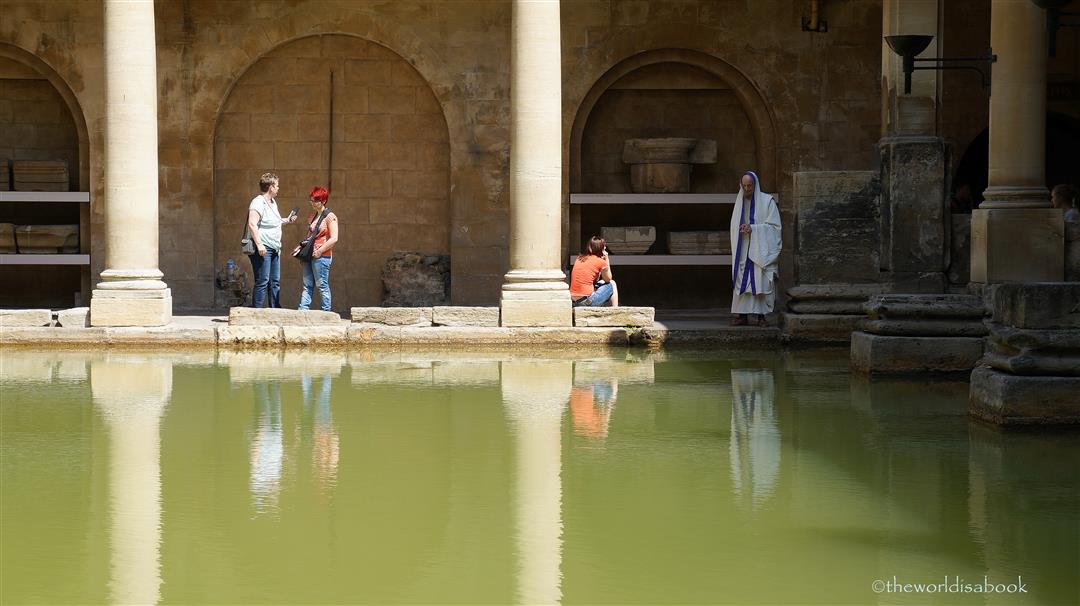
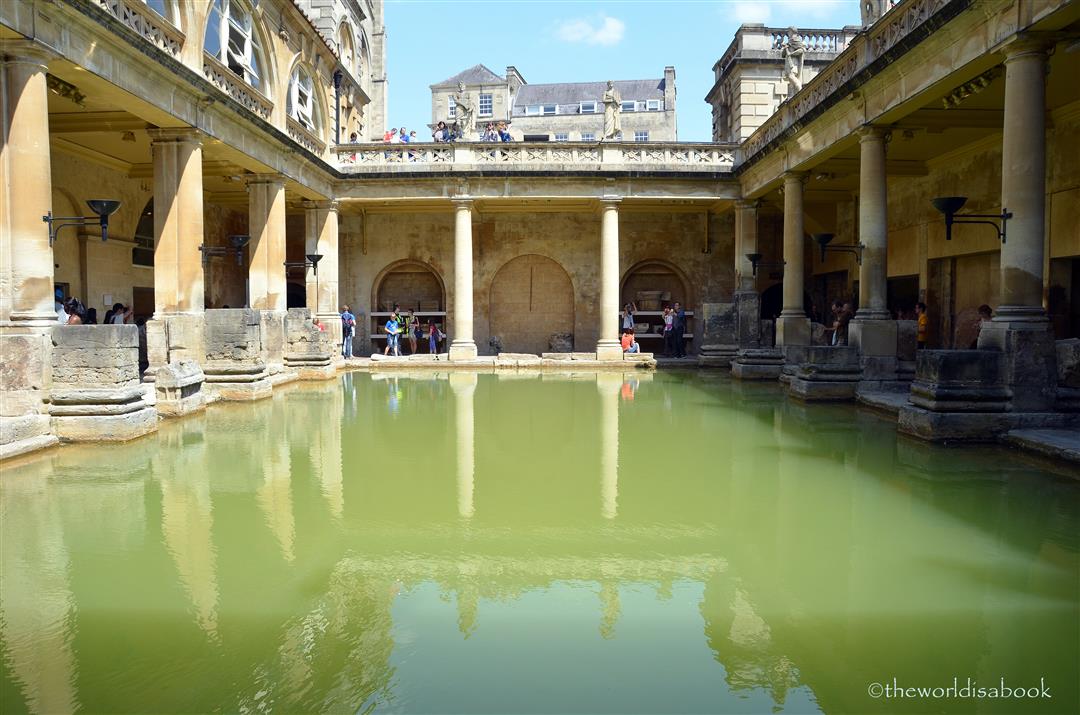
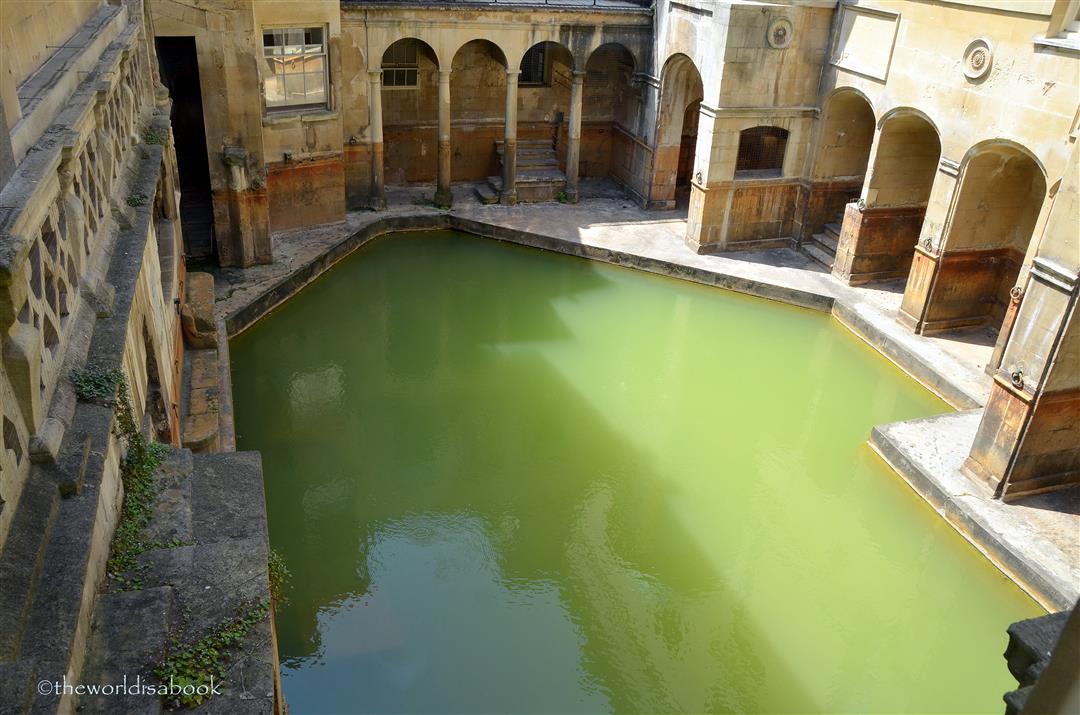
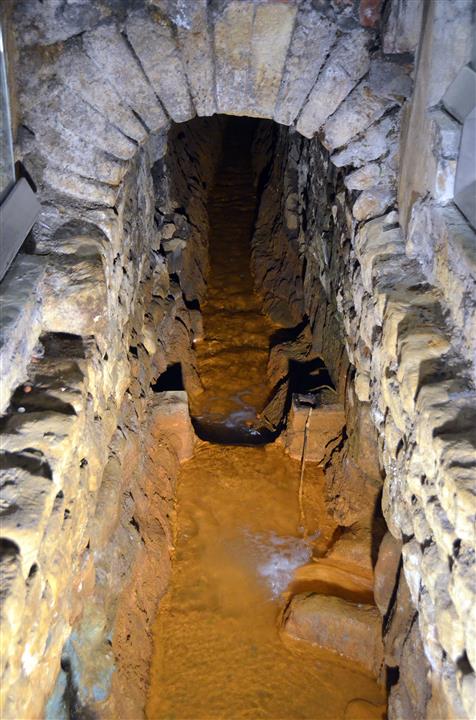
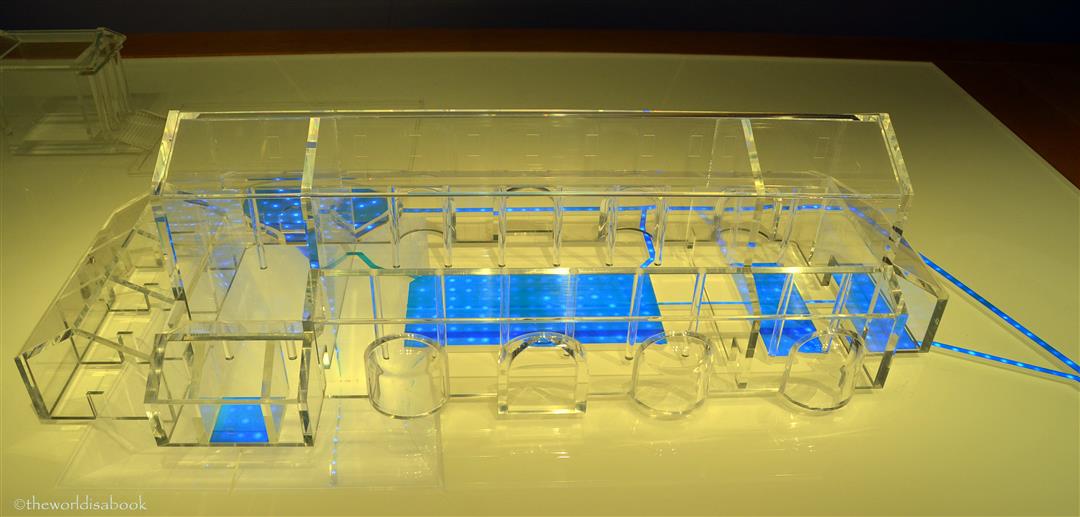
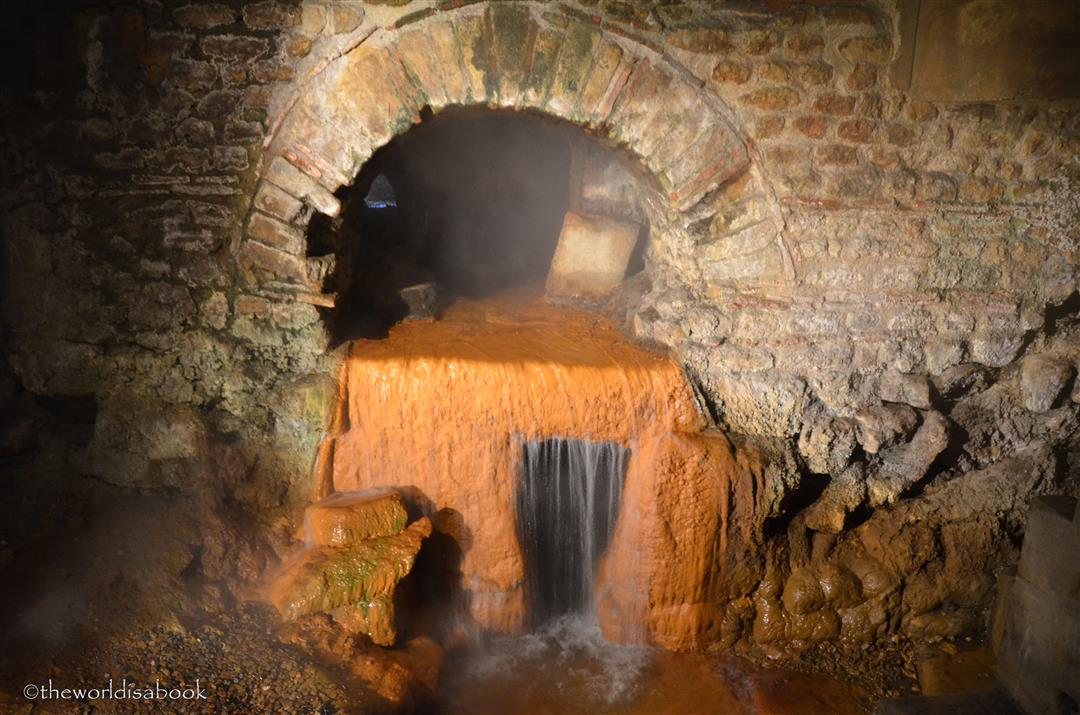
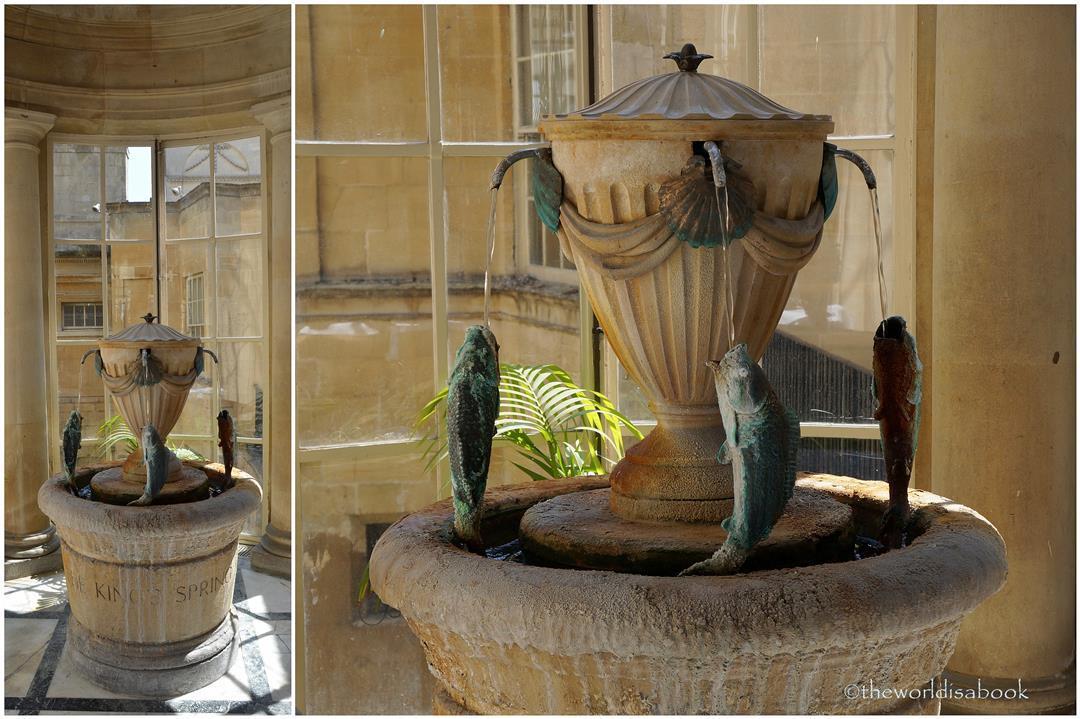
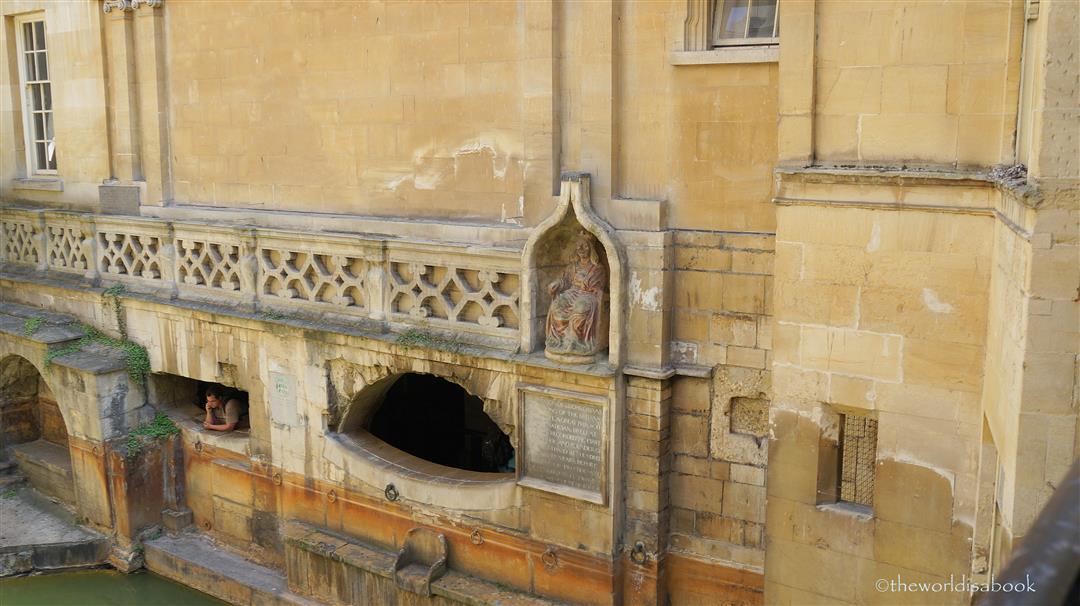
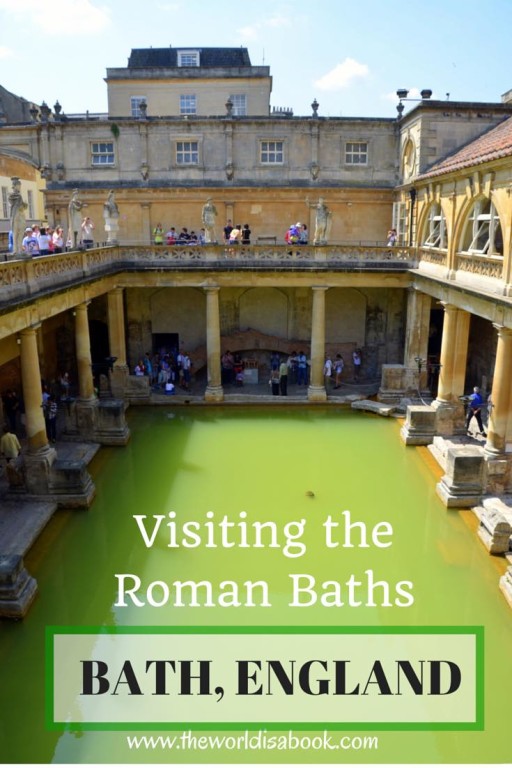
Whoever designed this museum obviously thought long and hard about how to engage kids in an era of shortened attention spans. I’m amazed that they were up for hours in a museum. I like your comparison with modern day community centers as one can well imagine saying to one’s spouse that you’re just heading off to the baths dear and we’ll be home soon. Great post.
Thanks Leigh! This was one of the most family-friendly museums we’ve visited. It was a popular place for school fieldtrips which was no surprise.
Another fantastic post, Mary! Leigh made a good point about the kids that I’ve noticed in several of our posts….they always seem very alert and engaged! Versus yawning and bored. Of course, credit to their credit parents too :) But, this is the first time I’ve seen pictures of the Bath houses in a long time. I always like to pretend to escape back in time to what it was like back in the day there :)
Thank you Mike! Being here really made it easy to imagine what it was like to live in the Roman times. We don’t post the pictures of the kids yawning :)
Looks great :)
Thanks Muza-chan!
I’ve been in Bath, but not seen the Roman baths. Reason enough to return. Very useful and inspiring post :)
Thanks Sophie! I hope you re-visit Bath soon.
What a fascinating tour and amazing museum, I would love to visit this one day, it is so well presented….thanks for sharing this wonderful tour!
I’m glad you enjoyed the virtual tour of the museum, Noel. It really does need to be visited in person. They did an amazing job with this museum.
Thanks Sonja! I’m glad you enjoyed all that history. Bath is such a great city to visit so I hope you get the chance to spend a few days there on your next trip to England.
I visited the Roman Baths last year and I was absolutely gobsmacked. So much history and so well preserved. Thanks for some great photos and for bringing back memories of my own trip.
I have never visited the Roman Baths but they look like a wonderful place. It would be amazing to visit this place in the evening when they are all lit up in torches. I think it’s great they do so much effort to also give kids a great time.
Great post and pics! I had been to the baths years ago and it’s great to see that it looks exactly the same. I highly recommend going there because of the history. Would definitely go again!
Thanks for this post, Mary! I’m in total Jane Austen mode and even though Bath was not her favorite place, it is a place I really want to visit and hope I can do that soon. Your kids seemed to be having a great time!
I couldn’t resist, Mary, I put my hand in the water when I visited 2 years ago. It felt surprisingly “soft.” I truly enjoyed Bath, the fountain, walking around the town. Hope you get a chance to pose with the Roman citizens next time.
Bath is a really cool experience, especially for kids.
I loved Bath when I visited, but I really look forward to taking my kids there. I will use your tips when that happens.
I really love Roman architecture. I wonder what the baths looked like when they were still being used? It kinda looks icky now. :D
This sounds like a really good family outing. I like that they customized the audioguide for kids and that they have the activity books to keep them engaged. The holograms and actors would probably interest my kids, too. We’re considering London for next summer, so I’ll have to keep this in mind.
I would never have thought the Roman Baths would be in England but I’d sure love to visit. My daughter would love to visit Bath if only to walk in the footsteps of her favorite auther, Jane Austin. The baths are beautiful and I love the extras that they offer the kids. I think I’d enjoy the actors as much as they would.
What a great experience – Bath is on my next time visit list! Actually I think there are several districts across England that I would like to visit. I’m a huge Jane Austen fan so would very much like to visit this region for that reason more so than the baths. We tend to do trains or tours when we’re in England – driving on the opposite side of the road can be quite intimidating.
Oh, the Baths are so on our ‘must do’ list for visits. Thanks for nudging it a bit higher with this post. Nice armchair tour you gave us!
Very nicely-written. I’m sure your kids loved the tour. Waters so still the reflections are nearly perfect!
Have not been to Bath yet — but have been all around it and on the same route your bus took to Stonehnge and Windsor. Really fascinating history. I like how you often show perspectives of famous places that I haven’t seen before, like the passageway where the water flowed from the spring to the bath. Cool.
HI Mary, what a wonderful exploration of Bath. It’s great that they now have modern devices to keep the young ones engaged. The sticker trail is such a great idea. It has been a long time since I visited Bath. I remember visiting the ruin during the evening and it was so magical and romantic with all the torches lit up. It’s so nice to see your lovely and detailed photos and to see how it is during the day. Just curious, with so many great things and places you’d done and seen during your recent trip, which one do the kids talk about the most when they got home?
Thanks Marisol! We’d love to go back to Bath and explore at night. What a great experience that must have been. With this recent trip, the kids still talk about the Harry Potter Studios Tour in England. It was the one thing they were looking forward to seeing in London and it exceeded their expectations. Although, my daughter also talks about all the castles she saw. She’s such a girl :) Have a great week!
What a great photoessay! You make me feel like I was there!
We missed seeing Bath and Stonehenge which in England. Thank you for so many lovely photos and stories to go with them. I almost feel like I’ve been there.
Thats pretty cool :)
They look amazing! In much better condition then I would expect, really.
I’d kind of want to try the water, just for the true historical experience – but it’s probably just as well it’s not allowed.
This is very helpful information since we are planning a trip to London this Summer. How long would you say it took you to tour the Roman Baths?